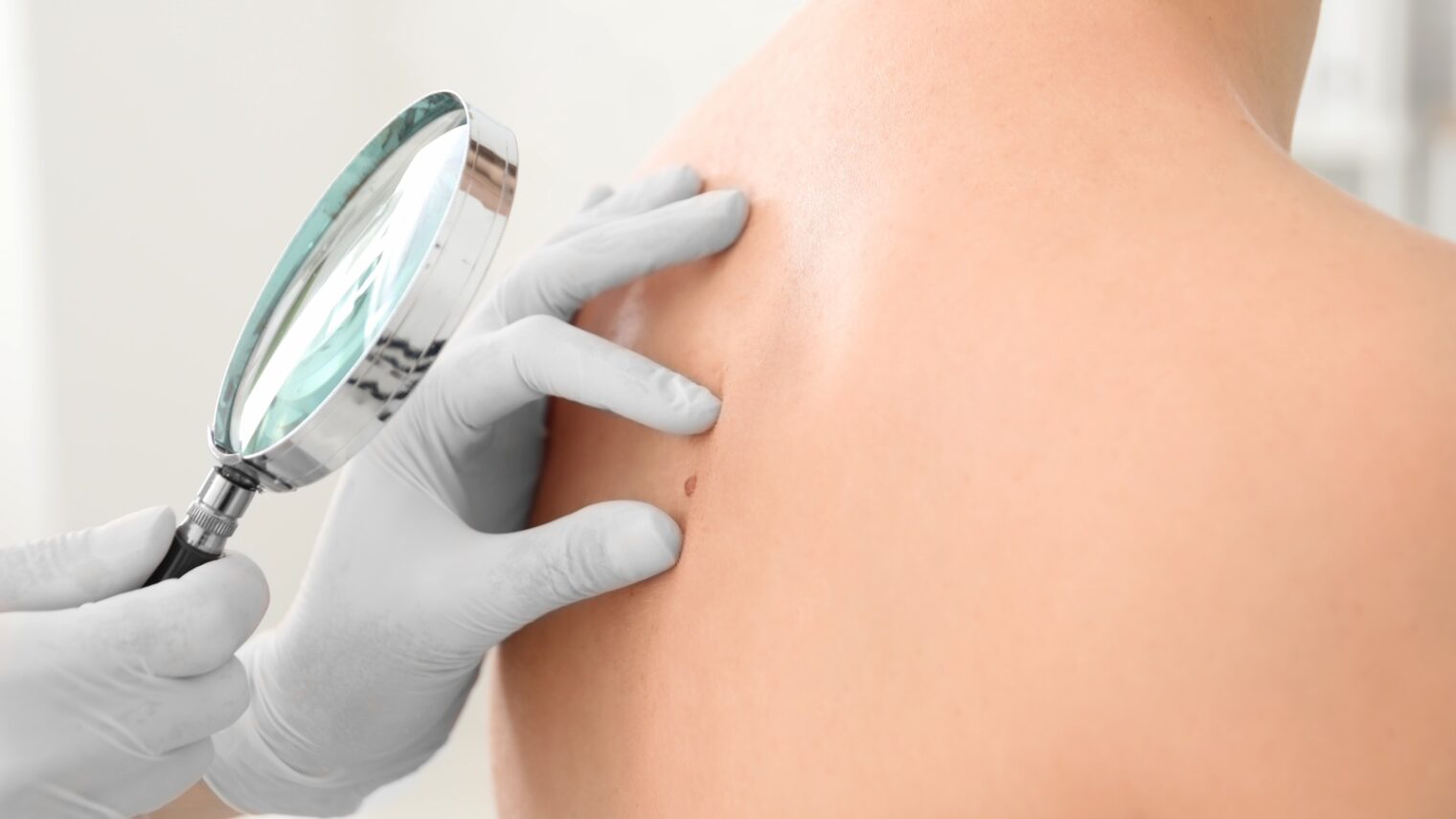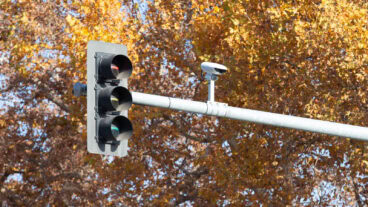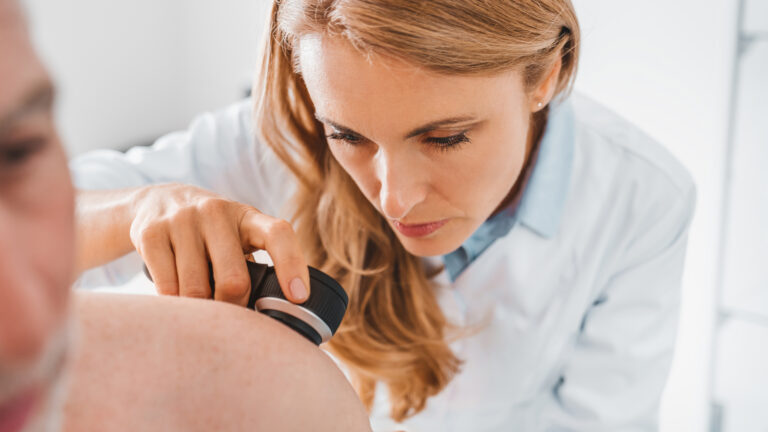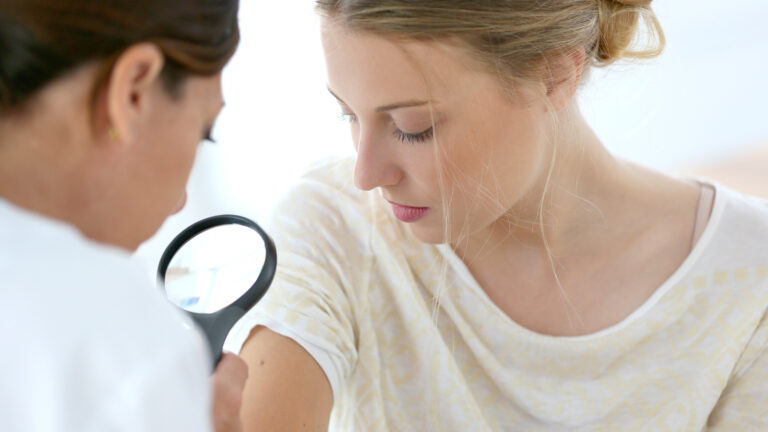Australia, New Zealand, Israel.
Thirty years ago, these three countries topped the list for incidence of melanoma, the least common but most dangerous form of skin cancer.
Statistics from 2020 show that Australia and New Zealand still ranked highest in melanoma diagnoses, while New Zealand had the most melanoma deaths, followed by Norway.
Israel is not even in the top 20 on either list.
“Israel now ranks 22nd in melanoma diagnoses and 31st in deaths from melanoma,” says Ira Tolchin, the woman in charge of health and wellbeing promotion campaigns for the Israel Cancer Association.
Statistics vary from source to source, depending on how they are calculated; the ones cited above use an age-standardized model per 100,000 people. But it’s clear that Israel’s situation has changed for the better.
It’s not that the danger of skin cancer has lessened. Across the globe, skin cancer is on the rise. Some studies project a major increase in the coming decades due to ecological changes affecting the intensity of ultraviolet (UV) sunlight reaching the Earth.
Yet the number of melanoma diagnoses in Israel has remained fairly constant – around 2,000 every year, despite Israel’s growing population — and the number of melanoma deaths keeps dropping.
Since May is Skin Cancer Awareness Month, ISRAEL21c delved deeper into Israel’s dramatic improvement relative to other countries.
Early education and diagnosis
Our success hinges on two related factors: early education and early diagnosis.
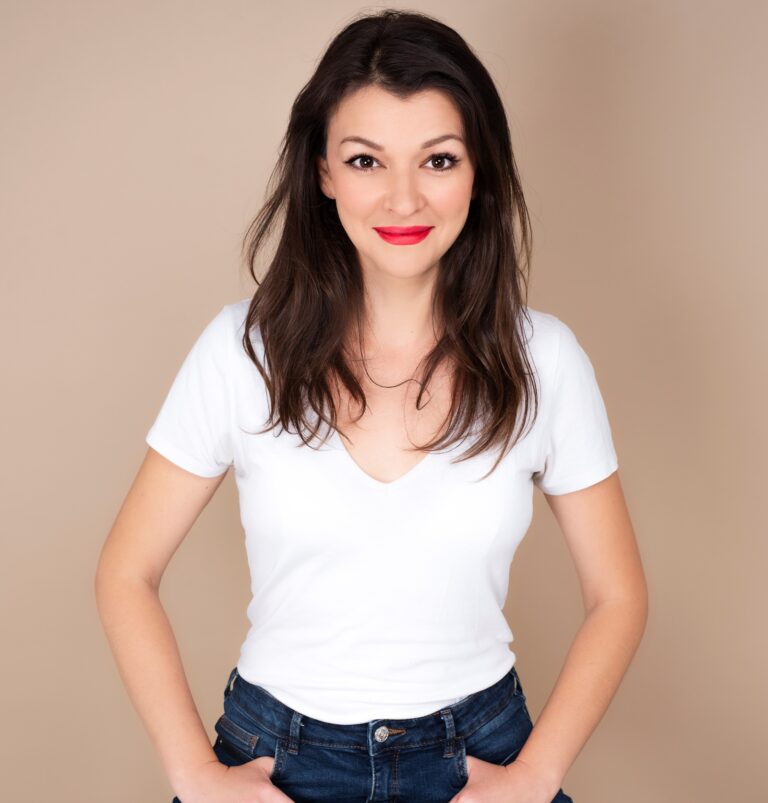
“The latest statistics are from 2019, when there were 1,800 new cases. But 92 percent were diagnosed early, which makes chances of cure much better,” says Tolchin.
“Because 80% of the damages to the skin are caused in the first 18 years of life, it all depends how you behave in the sun under the age of 18. That’s why, for the past 30 years, we have been presenting Chacham B’Shemesh [Smart in the Sun] programs from preschool to 12th grade.”
Practical tips to protect skin from the sun (see below) are taught to younger kids through coloring books and videos. Older students learn about the reasons for sun damage. But that’s not all.
“The second thing is explaining how to examine moles or marks on your skin, to know your body and to be aware that if you see signs that are suspicious you should get them checked,” says Tolchin.
“Skin cancer is the only cancer you can see, and therefore we should use our eyes to look for it.”
During the ICA’s annual Skin Cancer Prevention and Detection Awareness Week in June, every Israeli is entitled to a free early detection screening through the national health system.
Mortality dropping
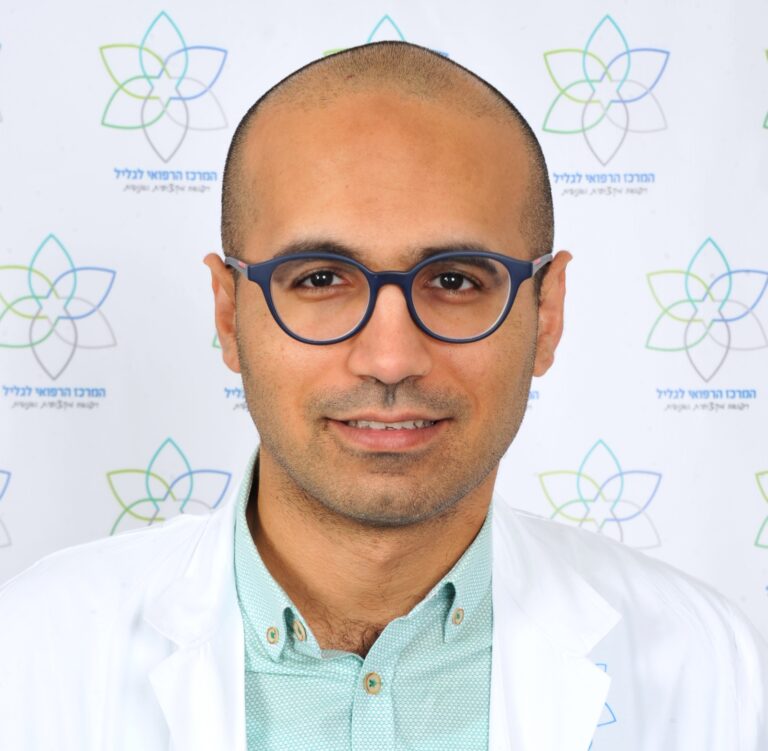
“With regard to the melanoma incidence rate, Israel’s national cancer registry shows a slight but significant decrease since 2014 among males, while among females the incidence rate is constant,” says Dr. Khalaf Kridin, chief of dermatology at Galilee Medical Center and head of its skin research lab.
“What is really interesting about both genders is the mortality rate from melanoma is dropping through the last decade,” he tells ISRAEL21c.
“This correlates with an increase in the diagnosis of the disease in the early phase, when it’s restricted to the skin and can be easily managed by simple excision. If removed early, it doesn’t get into the deeper layers of skin to the blood,” he explains.
“My interpretation of this change is that it’s highly likely awareness campaigns bore fruit and people are more cautious and are being examined by dermatologists.”
Kridin, who at 35 just became one of the youngest clinical professors of medicine in Israel, hypothesizes that the slight decrease among males can be attributed to increasing awareness of the consequences of sun exposure for outdoor workers, who often are male.
Another reason for the decrease in melanoma mortality is advances in immunotherapy over the past decade to treat metastatic melanoma that has spread to another organ, Kridin says.
“Israel was among the first countries to adopt these technologies for metastatic melanoma; they are still not available in every country,” he says.
Difference with Australia, New Zealand
There are several reasons behind the continued high incidence and mortality rates for melanoma in New Zealand and Australia, despite educational efforts.
Melanoma experts from New Zealand explain that these countries have higher levels of UV radiation exposure and a high number of fair-skinned residents.
While both countries run skin cancer prevention campaigns in schools and workplaces, these came too late for baby boomers who sunbathed with little protection in their youth and now constitute the vast majority of new melanoma cases.
Because the aging population in these and many European countries is growing faster than the younger population – in contrast to Israel – age-adjusted statistics further cement New Zealand and Australia’s places on the charts.
However, Australia recently achieved a drop to eighth place in melanoma mortality. New Zealand experts expect to see improvement through further educational and health-system strategies.
Avoiding skin cancer
Kridin reminds us that although melanoma is the most dangerous life-threatening skin cancer, the more frequent forms by far are basal cell carcinoma and squamous cell carcinoma.
“Since these are mostly managed topically without catastrophic consequences, they’re not tracked so it’s hard to talk about the epidemiology in any country,” he says.
To avoid any type of skin cancer, Kridin and Tolchin recommend the following tips:
- Avoid sun exposure between 10am and 4pm. Seek shady spots that are as large as possible.
- Wear sunglasses and a hat that covers your head, ears and neck.
- Choose skin-protective styles of swimwear, especially for children.
- Apply sunscreen, preferably SPF-50 or higher to block both UVA and UVB, and reapply every two to three hours.
- Examine yourself in front of the mirror every month, and get an annual exam by a dermatologist. Look for changes in color, size and geometry of existing moles or other spots, and inspect for new ones.
- People with risk factors (personal or family history of melanoma; fair skin; blonde or red hair; many freckles) should be examined more frequently.
- Drink a lot of water.
- Never use a tanning bed.
Tolchin emphasizes: “There is no such thing as healthy tanning. You may need 10 minutes of sun to get Vitamin D but when the skin changes color the melatonin hormone is alerting us to DNA changes and that is good ground for cancer to appear. People who easily burn are more in danger, but even people with dark skin are in danger.”




